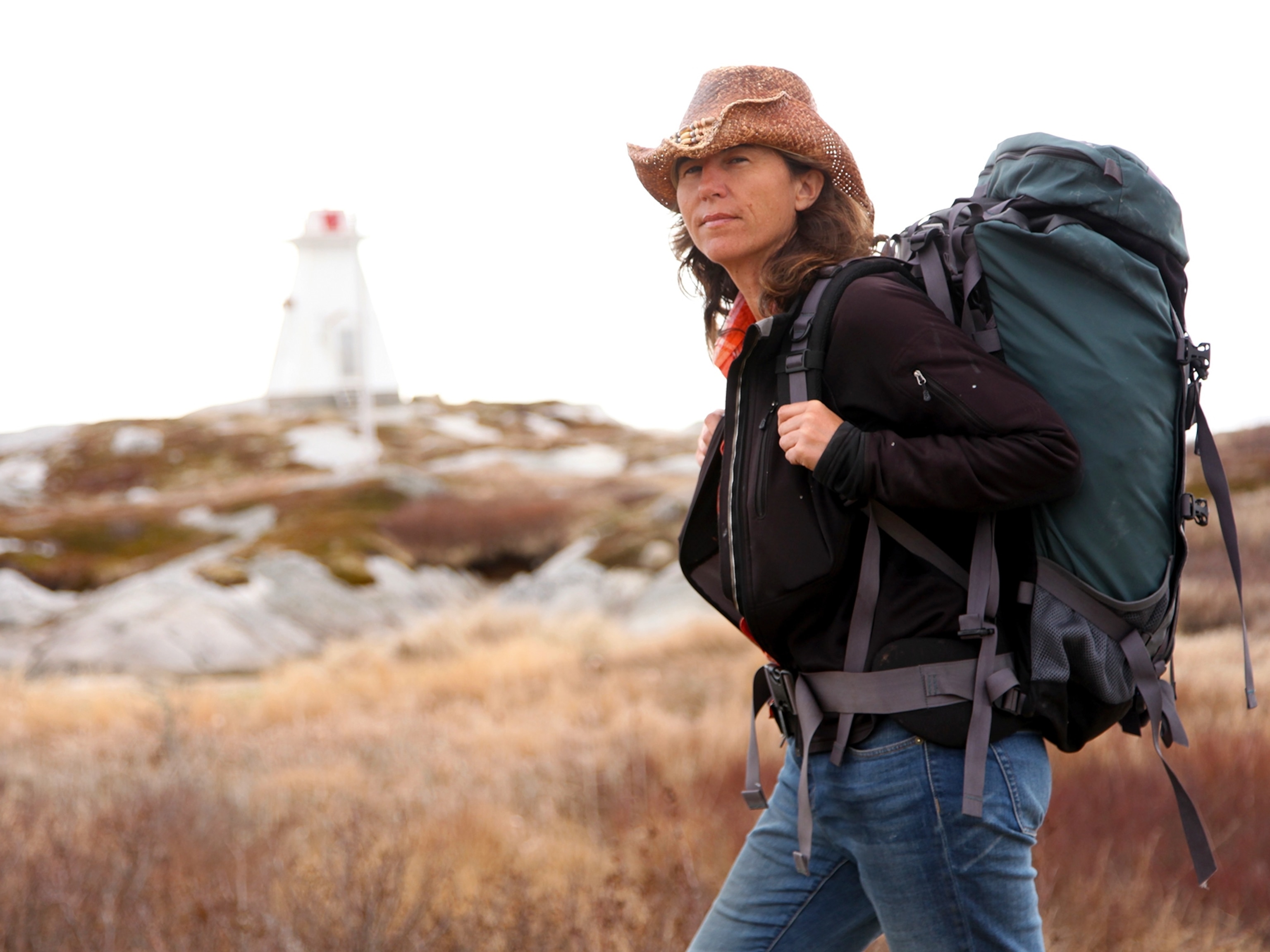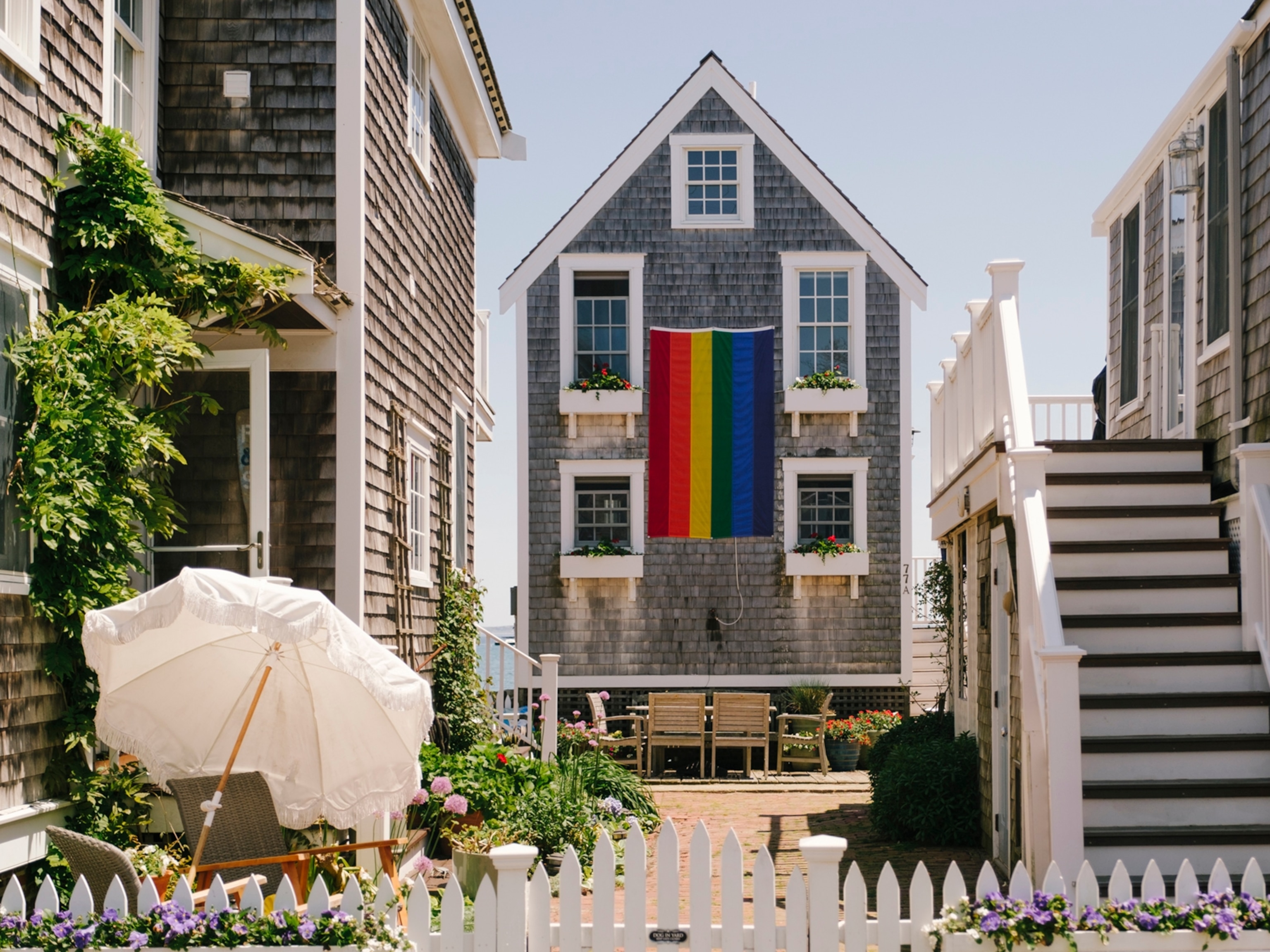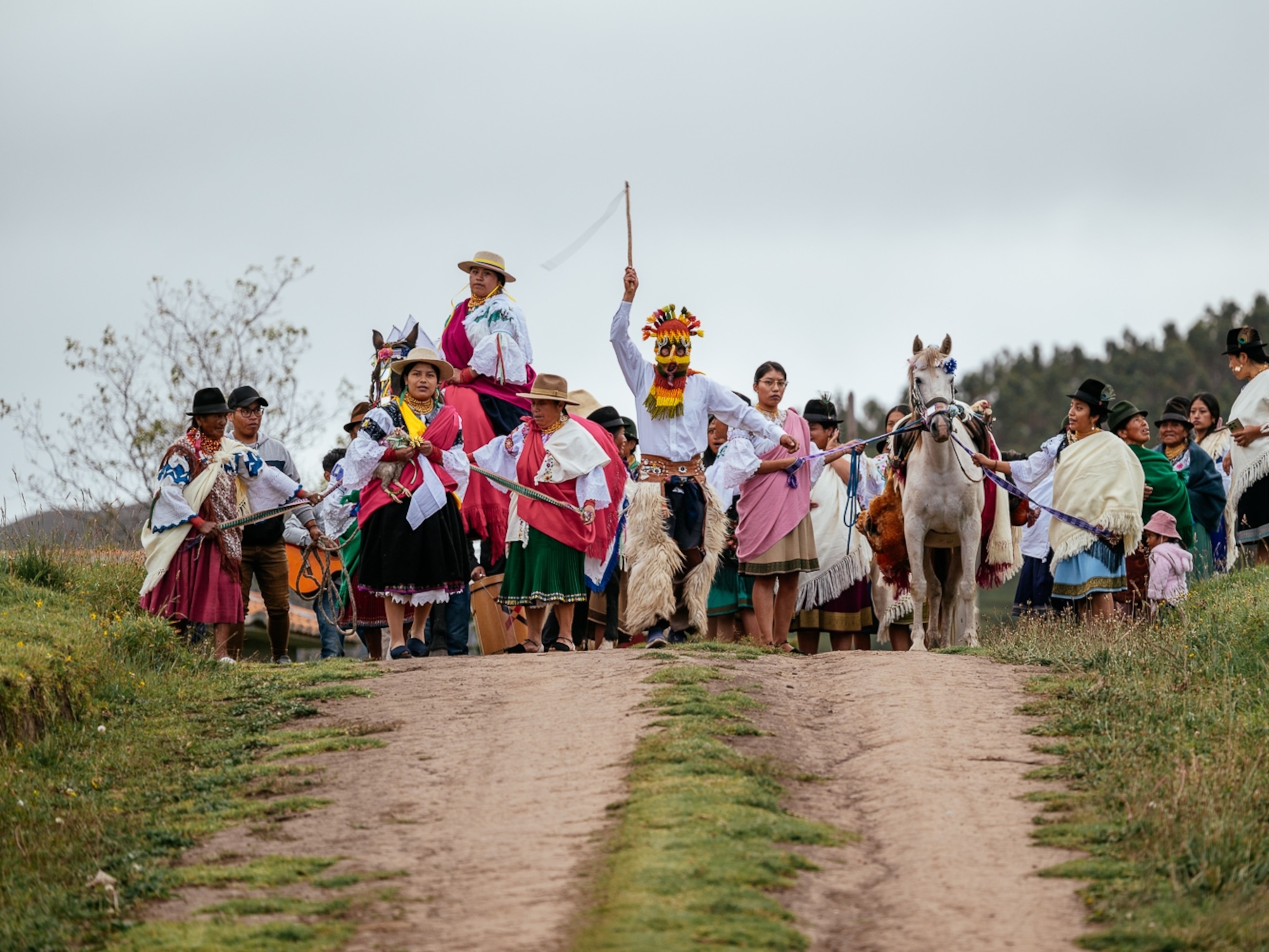Meet the ‘brave women’ who cultivate the riches of the Ecuadorian Amazon
More than 20 years ago, the Sinchi Warmi (‘brave woman’) Indigenous community created a lodge where they could teach visitors about the natural riches of the Amazon rainforest. Interacting with travellers in this way has helped these women to keep their traditions alive — and brought an end to outdated gender roles.
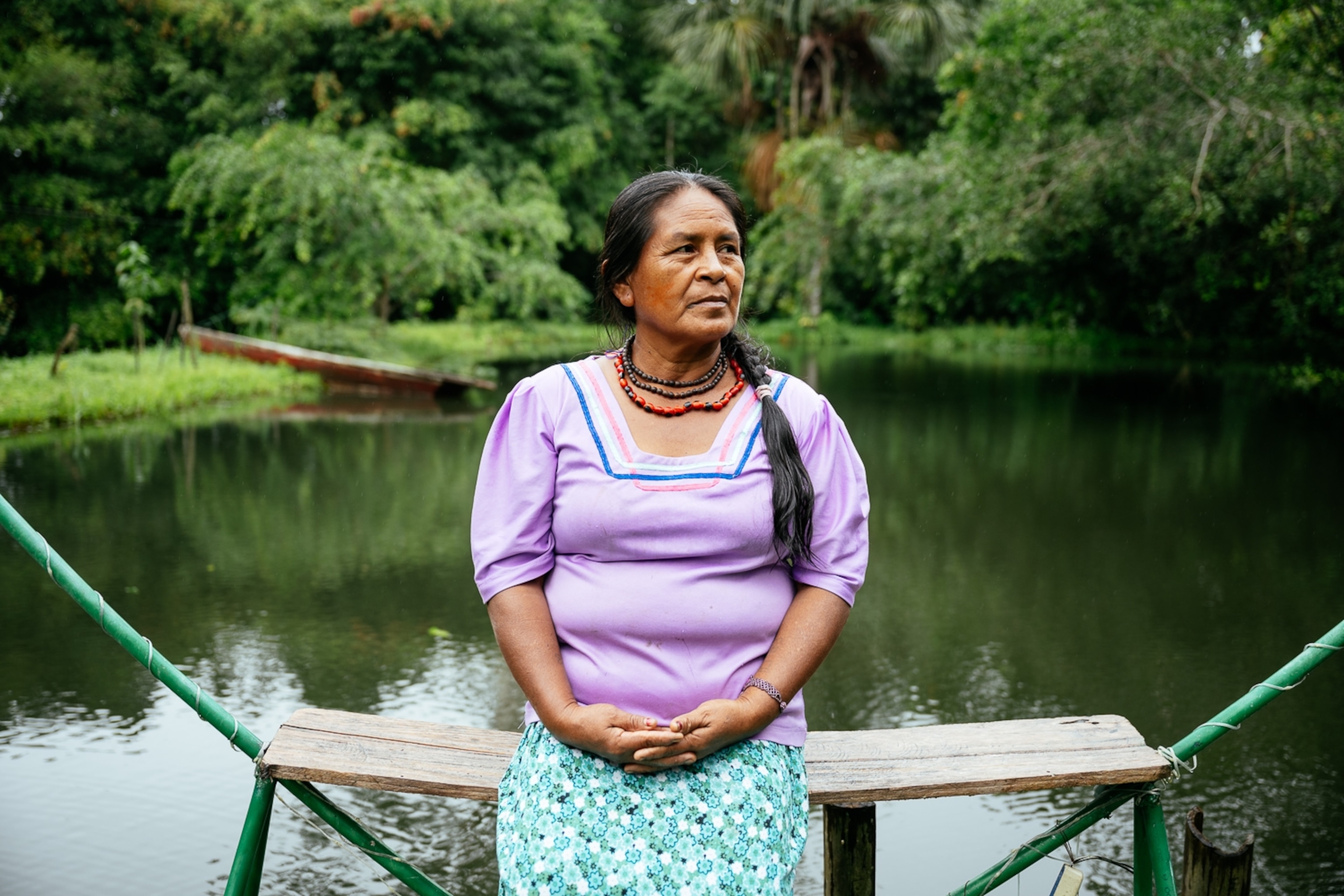
Our guide Fabio Chimbo tips my head back and pours the medicine down my nose; I cough. It slithers down my throat and burns through my chest, fierier than a single malt. It’s 5am, but I’m fully awake now. Everything’s amplified: the crackling fire, the curling smoke, the sizzling cachama fish that’s soon to be our breakfast.
“This is for expelling all bad things. All the pain will leave,” says Fabio’s sister, Betty Chimbo, community leader of Sinchi Warmi, as Fabio uses a leaf to wipe away the excess that’s spilled down my neck. The medicine is known in the Kichwa language as singalichina, and is made from pulverised garlic, anise, ginger, albahaca (Amazonian basil) and guayusa.
Guayusa, a caffeine-rich tree, is central to the lives of Indigenous Kichwa people in the Ecuadorian Amazon. Every morning, communities gather around the fire for the Guayusa Upina ceremony, where they drink guayusa tea, interpret each other’s dreams and administer natural medicines. “It maintains the unity of the family,” says Betty.
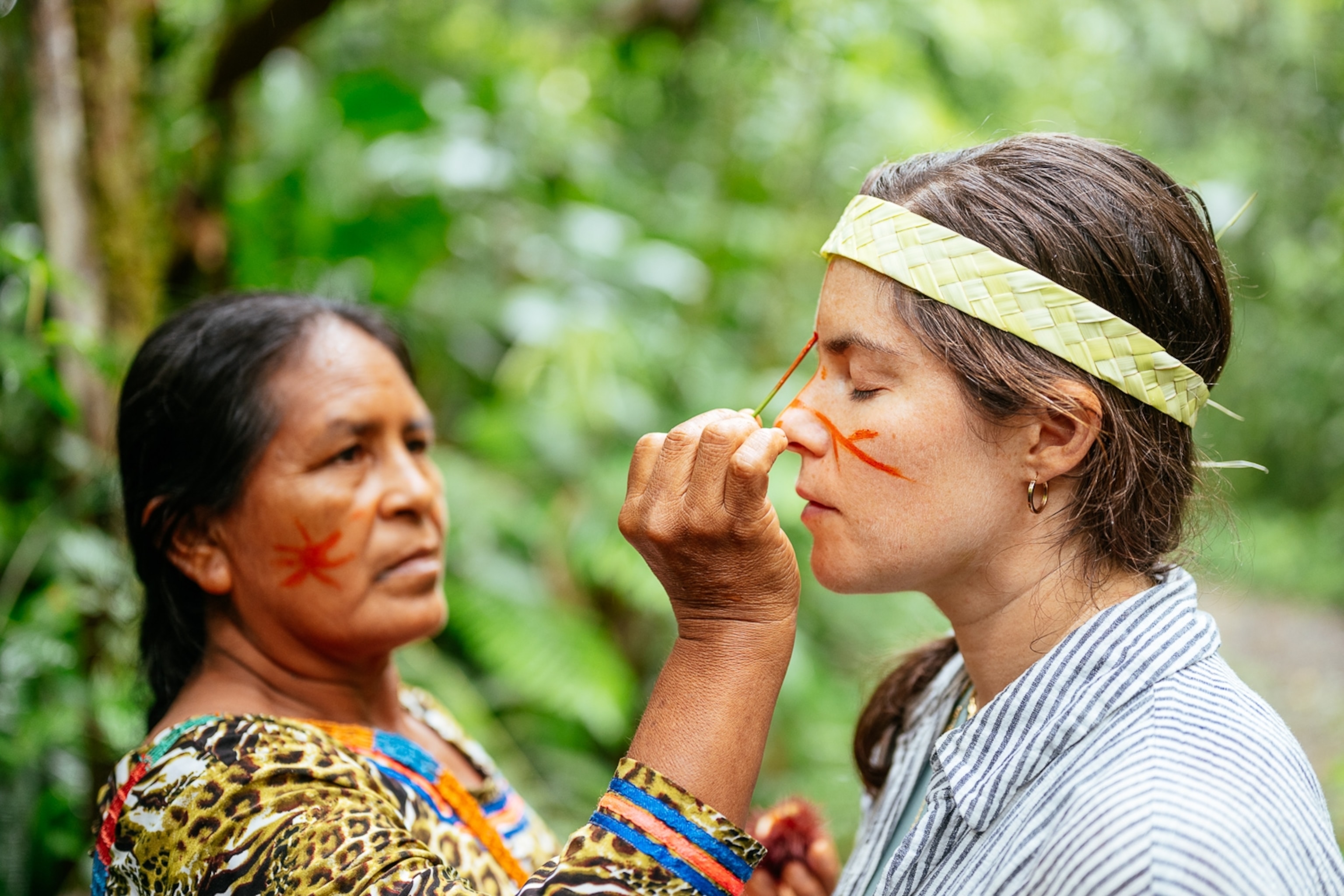
These days, there’s another reason to keep the ceremony going: tourism. In 2002, Betty, along with other women from the San Pedro de Misahualli community in Napo province, set up the Sinchi Warmi Amazon Lodge. Her aim was to improve the community’s living conditions and provide its women — who were at that time confined to homemaker roles — with an independent living.
“I think that in all cultures there’s a sense of male pride, no?” Meliza Andy, Betty’s niece, tells me. “In our community, women were only for the kitchen, the field or the baby — the man was the leader of the family. So the women had this idea: ‘OK, let’s get together and work with crafts, let’s knit, let’s put our skills to work.’ Not to belittle the men, but to support each other at home.”
“They achieved this for their children, so that their children will have work within the community when they grow up,” adds Fabio. “So they don’t emigrate.”

We start walking back to the lodge. The jungle closes in on us like a damp veil, rippling with the wet burble of oropendola birds. I follow Betty onto a wooden walkway that leads out onto a lagoon. Betty claps, and the noise wakes a two-metre-long fish. “One of those paiche can feed 70 people,” says Betty. Personally, I wouldn’t want to be the one catching it.
By the shore of the lake, a crafts table has been set up with bowls of pigments and beads extracted from Amazonian plants: annatto, chihuango, chirimoya. Betty cracks a long pita leaf over a piece of bamboo and pulls it apart to reveal the fibres. These, she explains, were once used for fishing and making hammocks with. “Nature is like our mother, who takes care of us and protects us,” she says. “She’s not selfish — she gives instantly.”
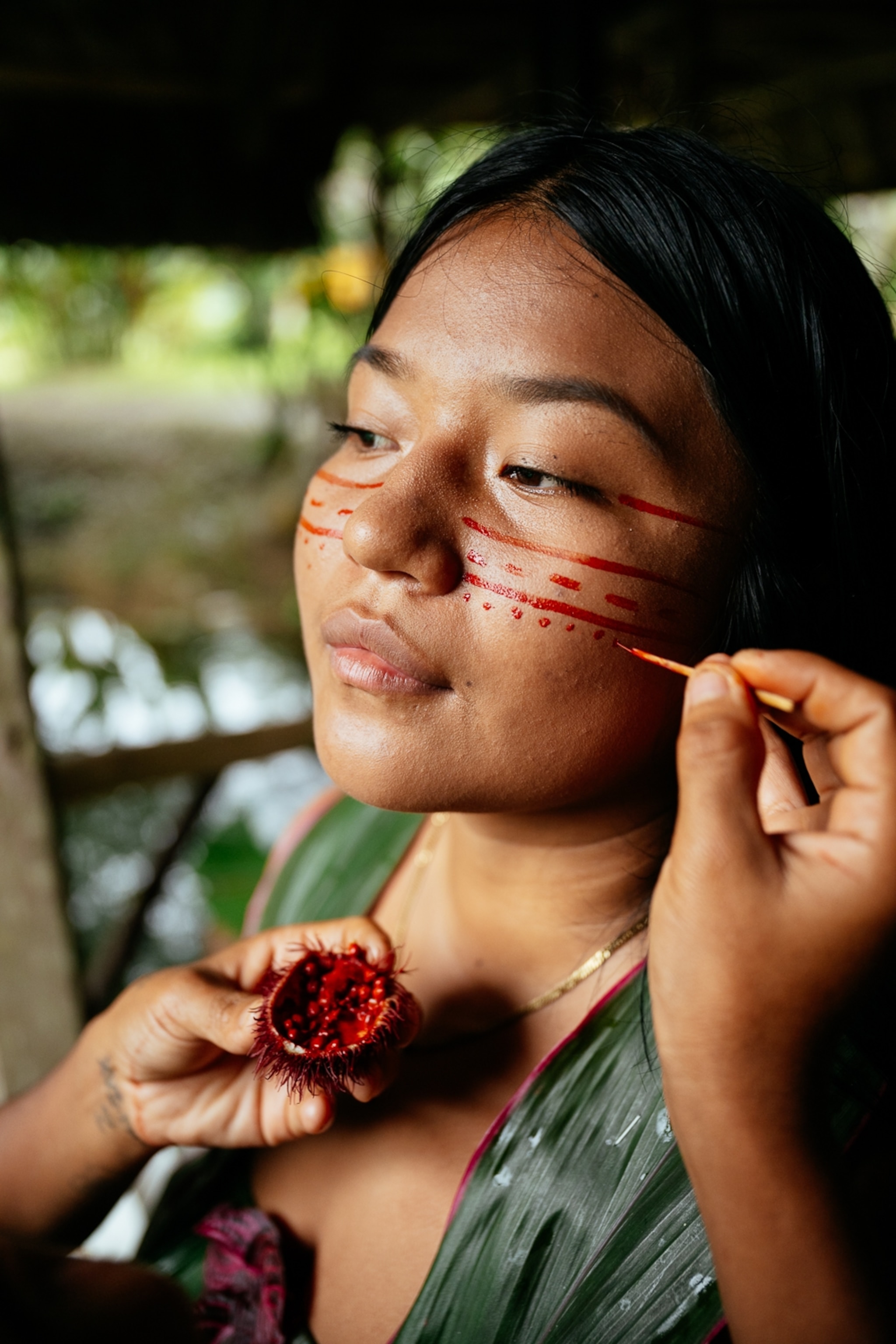
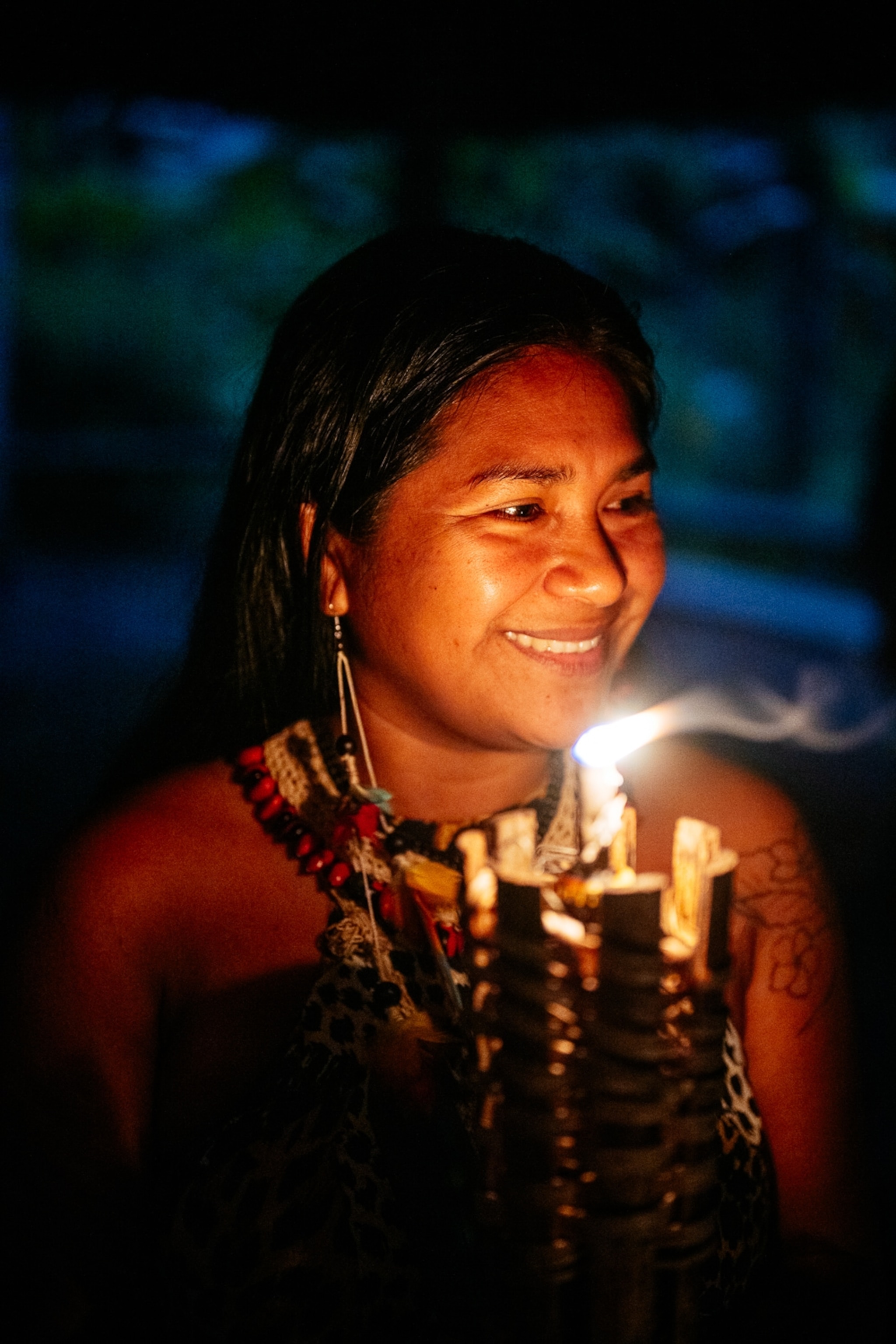
Betty’s sister, Nelly Chimbo, plucks red wayruro seeds from the bowl and threads them onto a strand of pita, which she ties to the bamboo railing. After showing me how to weave the strands together, she ties the other end to my belt loop — effectively pinning me there. I splutter in protest.
“We never had smartphones or TV,” she says, by way of admonition. “We just did these crafts all day.”
Having finished my wayruro-seed bracelet — thus earning freedom from Nelly — I return to the lodge to find Fabio roasting cacao beans over the fire.
“Cacao was first found here in the Amazon,” he explains, as the beans crack and the air turns sweet and heady. “Our parents and grandparents used it as a currency, which they exchanged for products from other families.”
Having ground the roasted beans into powder, Fabio folds this in with cane sugar, milk, cinnamon and vanilla. I’m in danger of swooning now. “The cacao bark can be used to treat skin infections,” he continues. “Or the beans can be used as a face mask.”
In the Amazon, the Kichwa people live in harmony with the rainforest and its resources. Activities offered through the lodge include Amazonian mud facials, chicha (a fermented cassava drink) preparation classes and jungle walks where you can weave bags from leaves and paint cultural symbols on your face using red annatto.
A four-hour drive from Ecuador’s capital Quito, packages at Sinchi Warmi start from $282 (£220) per person for two days, including accommodation, meals and activities. For more information, visit ecuador.travel/en
To subscribe to National Geographic Traveller (UK) magazine click here. (Available in select countries only).
